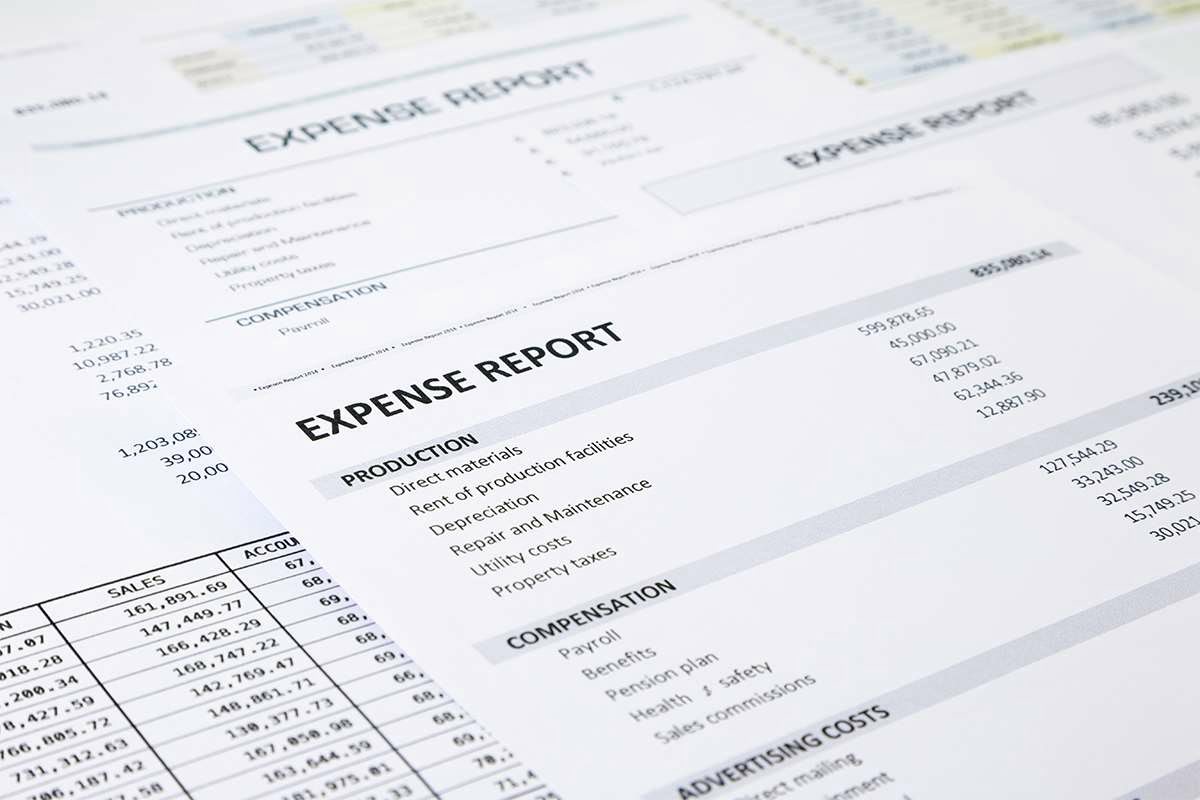
This delay can also impact the buyer’s financial statements, as the cost of the goods is not recognized until the inventory is received. If a seller ships goods to a customer that are lost in transit, the shipper must compensate for the loss by replacing the products or reimbursing the buyer for the cost. As a leading export agent from China, we handle transportation, customs, and warehousing. Also, your seller must ensure that there is coverage AI in Accounting up to the loading point.
- They may leverage technology platforms for real-time data on freight rates, helping them make informed shipping decisions.
- This could result in allocating your resources and energies to the shipment process.
- Regarding drawbacks, there aren’t many, but exporters should be aware of the potential for delays in shipment if it is held up at customs or other ports of call.
- These documents detail the point at which the responsibility for the goods transfers from the seller to the buyer.
- This distinction affects cost and risk allocation during shipping transactions.
How Does FOB Destination Work?

The International Chamber of Commerce (ICC) publishes new sets of Incoterms rules every decade or so to govern trade terms among nations. These rules help determine how the parties involved allocate risks and costs in various international transactions. ICC published the latest set of Incoterms rules in 2020, and they include the latest definitions for FOB Incoterms.
Importance of FOB for International Trade
International shipping involves navigating various regulations, and FOB terms offer guidance in understanding these rules better. Each country may have specific import/export regulations impacting the stipulations of an FOB agreement, necessitating due diligence and compliance. Understanding these legal frameworks ensures that businesses can safely negotiate delivery responsibilities and manage risks. Familiarity with international carriers and customs procedures can greatly influence the effectiveness and cost efficiency of FOB transactions. FOB Origin signifies that the buyer takes ownership of the goods the moment they leave the seller’s shipping dock.
- The party that takes responsibility of goods from the point of origin must also arrange and pay for cargo insurance.
- In shipping documents and contracts, the term “FOB” is followed by a location in parentheses.
- The buyers are always responsible for the freight costs to ship products under FOB Incoterms.
- The seller/shipper pays all the shipping costs until the cargo arrives at the buyer’s location.
- Comprehensive shipping contracts should include clear insurance terms to cover potential damages.
- Cost, Insurance, Freight (CIF) puts the liability of payment for – you guessed it – cost, insurance, and freight on the supplier.
Is FOB the same as CIF?
The specific definitions vary somewhat in every country but both contracts generally specify origin and destination information that’s used to determine where liability officially begins and ends. They also outline the responsibilities of buyers to sellers as well as sellers to buyers. The main difference is that the seller is responsible for the risks and costs of cash flow transportation under DIF contracts. CIF contracts are more expensive but FOB contracts give the buyer greater control over how their goods are transported and insured. In North America, the term “FOB” is written in a sales agreement to determine when the liability and responsibility for the shipped cargo transfers from the seller to the buyer.
What Are Incoterms? A Full Guide for Businesses and Importers
When items are sold “FOB destination,” the title to the commodities may not pass to the buyer until the items are delivered to the buyer’s loading dock, post office box, residence, or place of business. Until the items have arrived at the buyer’s location, the seller retains legal responsibility for them. Once the products have arrived at the buyer’s location, however, the buyer assumes full legal responsibility for them. The buyer and seller’s bill of sale or other agreement determines ownership; FOB status only indicates which party is responsible for the cargo from beginning to end.
- In international cargo shipping, FOB origin arrangements have the buyer dealing with import/export fees and charges, while in FOB destination, it’s the seller that deals with that all.
- This means that your shipment is in the proverbial hands of the supplier through the process of transporting them to a port and loading them aboard a ship.
- Understanding this distinction is crucial to avoid confusion when negotiating shipping agreements.
- Additionally, FOB Destination may not be possible if the seller is located far from the buyer or if the buyer requires expedited shipping.
- These terms help buyers and sellers specifically set out who they intend to bear the risk of shipping when they enter an agreement.

Alternatively, FOB destination places the delivery responsibility on the seller. The seller maintains ownership of the goods until they are delivered, and once they’re delivered, the buyer assumes ownership. Recording the exact delivery time when goods arrive at the shipping point can be challenging. Constraints in the information system or delays in communication often cause a slight timing difference between the legal transfer of ownership and the accounting records.
How to Negotiate Terms for Freight Delivery with Carriers

On the day your cargo is scheduled to leave, the seller’s warehouse and your logistics company will arrange a truck fob shipping point to collect it. Be sure to ask your forwarder if they can communicate with the supplier or prefer you to organize all communication. In contrast, we recognize that having our team in China means we can better coordinate directly with suppliers and be prepared to react in the event of any delays or issues before the shipping day.
- It’s an agreement between the buyer and seller that specifies when the ownership and liability for the goods being shipped transfer from the seller to the buyer.
- Large volume or high-value transactions where the buyer prefers to control the shipping process and costs.
- These terms represent various tasks, costs, risks, and logistics of getting goods whether by sea freight, air freight, and land freight.
- Once the goods have been loaded onto the vessel, the responsibility for the shipment transfers to the buyer, who then bears the risk of loss or damage for the duration of the voyage.
- If an accident prevents the computers from being delivered, the supplier takes full responsibility for the computers and must reimburse Company XYZ or reship the computers.
Due to agreed FOB shipping point terms, they’ll have no recourse to ask the seller for reimbursement. When goods are labeled as FOB shipping point, the seller’s role in the transaction is complete when the purchased items are given to a shipping carrier and the shipment begins. By utilizing our easy-to-use self-service tools, you can efficiently manage your shipping strategy. FOB stands for “Free On Board” or “Freight On Board.” This term is used to indicate when liability and ownership of goods is transferred from a seller to a buyer.
